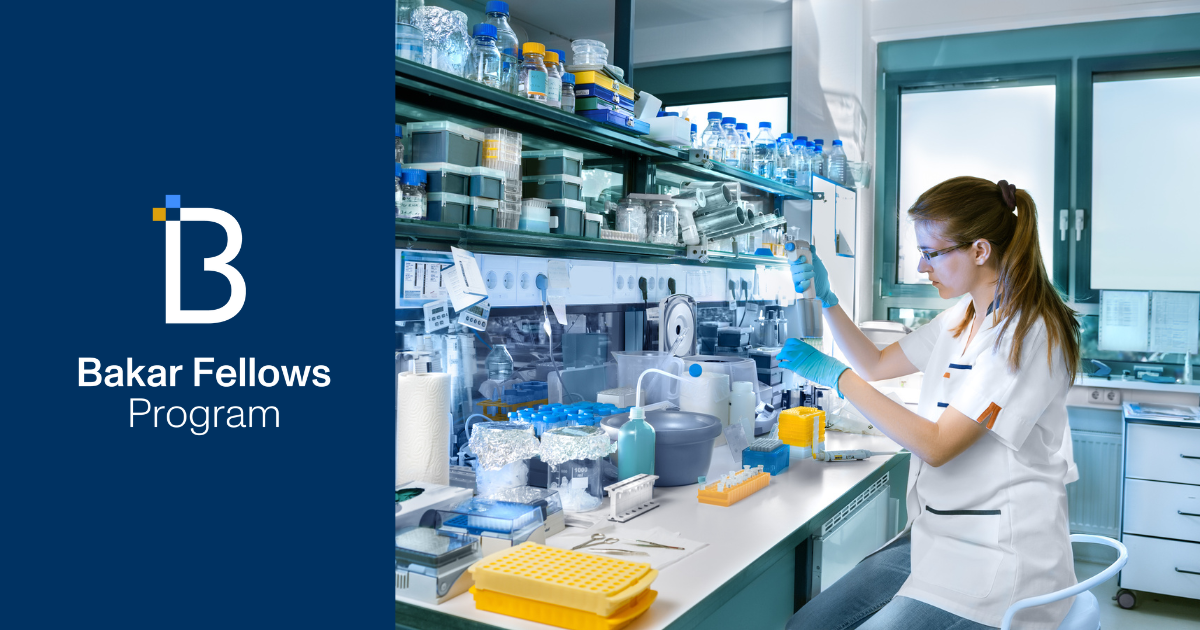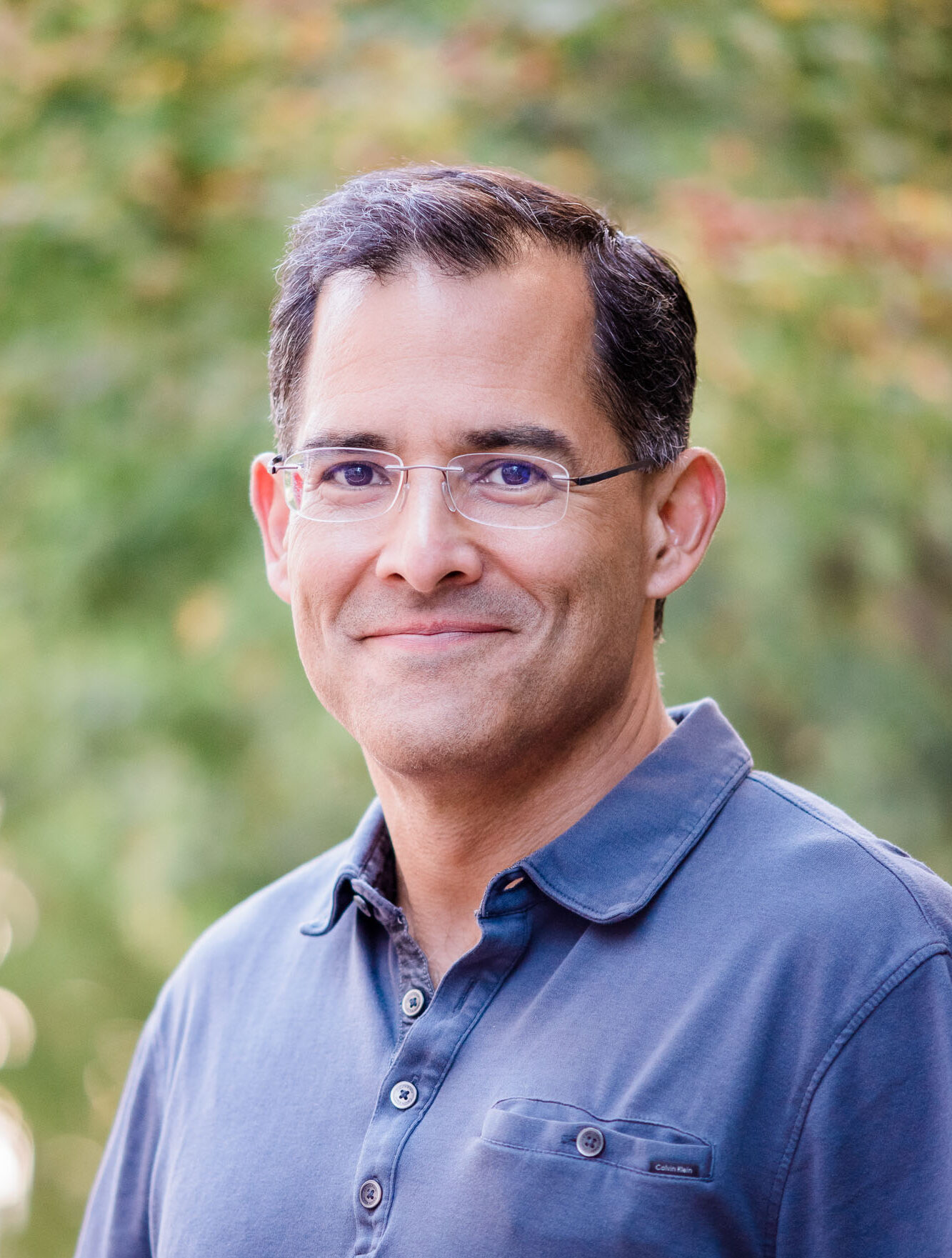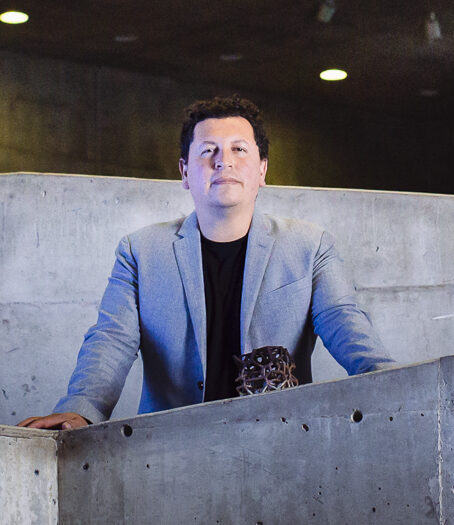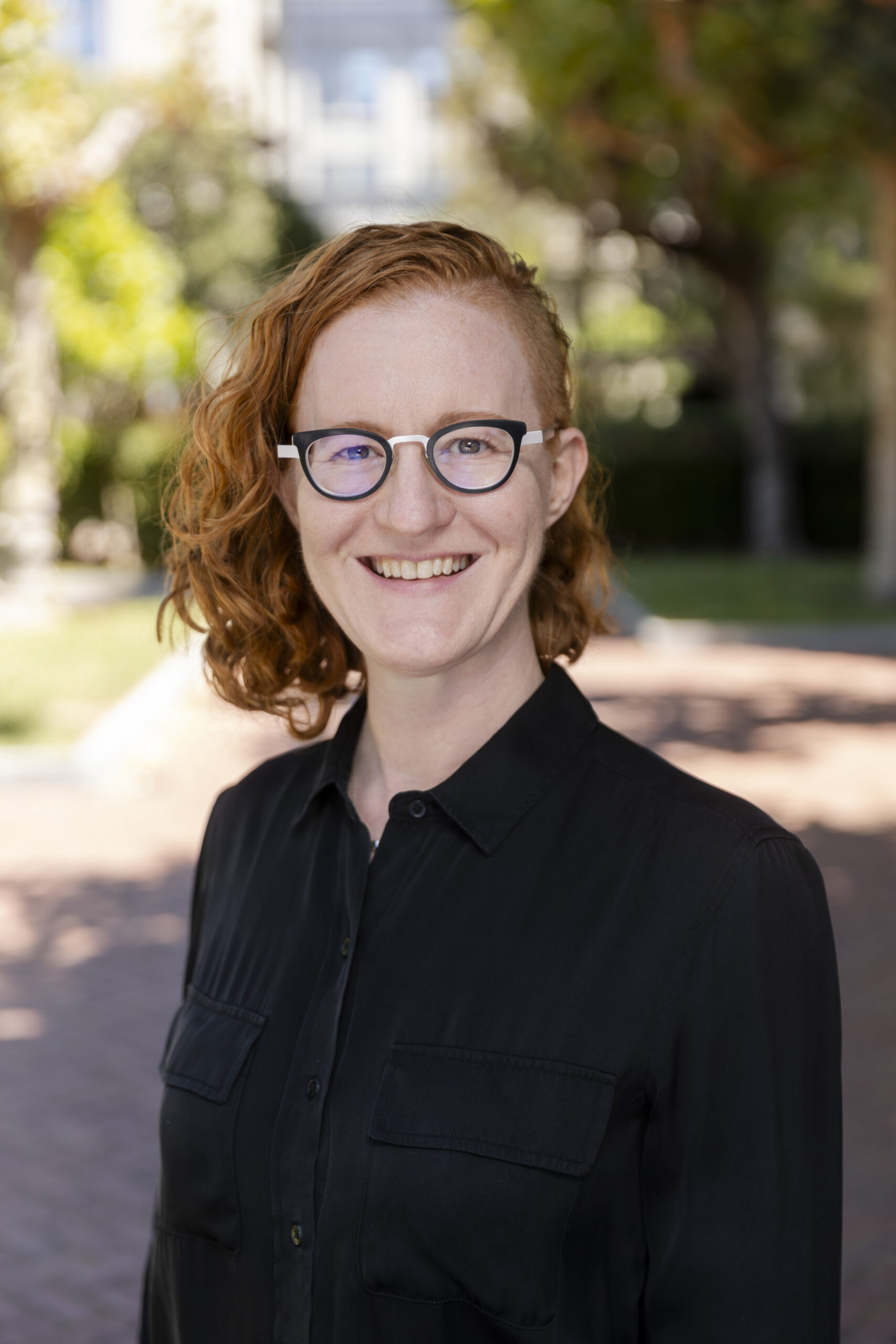Bakar Prize Recipient Maria Paz Gutierrez Showcases Project at Biennale Architettura 2025
By: Niki Borghei •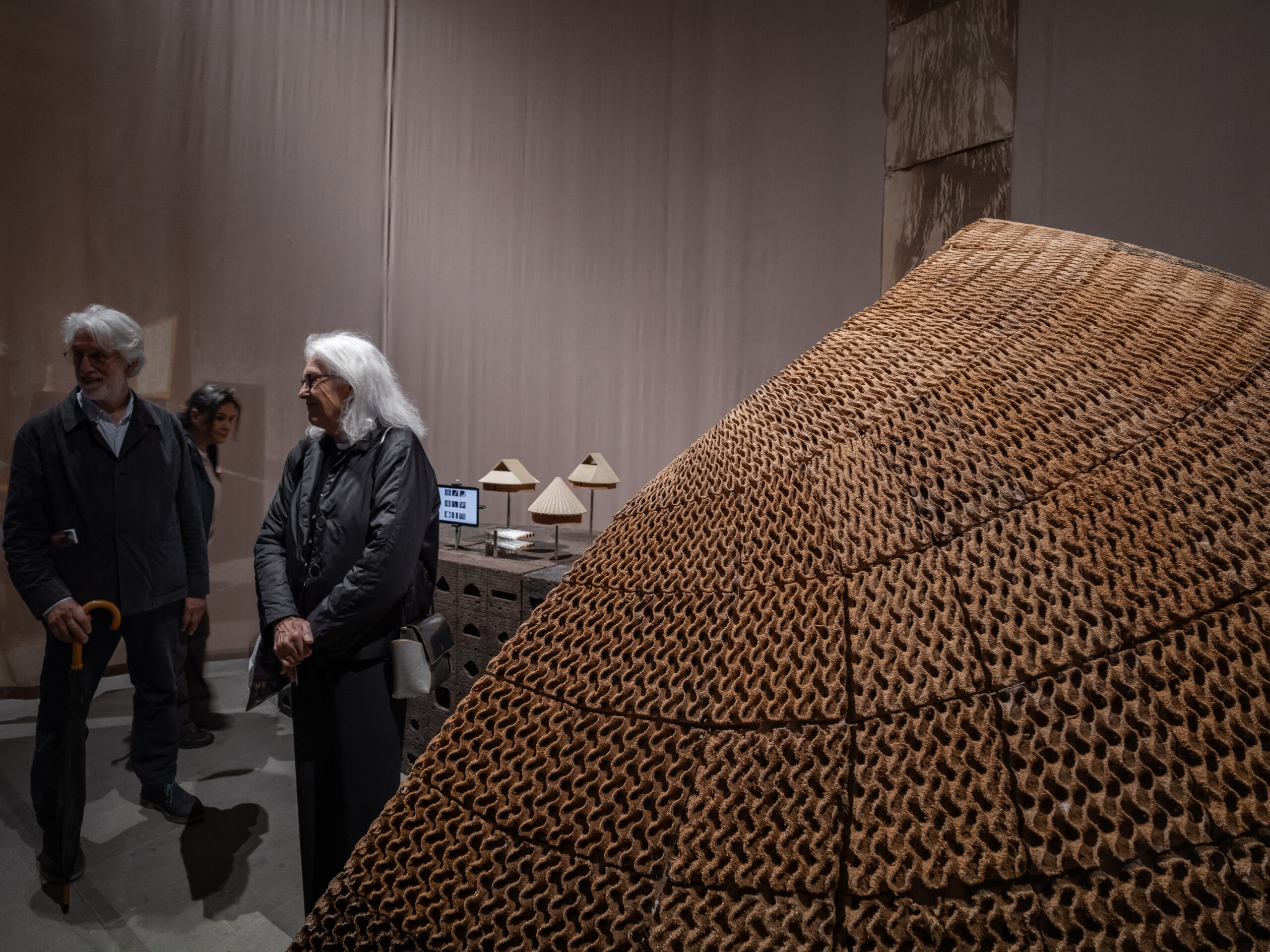
Photos by Lloyd Lee (@lloydleephotography)
Every two years, the world’s most forward-thinking architects, designers, and visionaries gather in Venice for the Biennale Architettura. This international exhibition is not just a celebration of design. It is a platform where architecture becomes a tool for confronting some of the world’s most urgent challenges, especially climate change.
This year, Dr. Maria Paz Gutierrez, Bakar Fellow and Professor of Architecture and BIOMS founder at UC Berkeley, is showcasing her work at the 19th International Architecture Exhibition, running from May 10 to November 23, 2025. Selected through an open competition, Dr. Gutierrez is presenting a transformative installation: Palm Onto-Intelligence. The installation showcases her research on flood resilient walls made of re-engineered barks.
Dr. Gutierrez’s non-planar granular 3D bark residue printing was developed as part of her Bakar Prize Award funding. This advanced fabrication method enables the production of multifunctional, structural, lightweight enclosures made of extruded bark residues—a breakthrough in sustainable architecture.
Currently, when a log of wood is engineered, 60% of that wood becomes residue. California alone produces 2.6 Mt of bark residue per year, in a state that imports 80% of its wood construction products. Dr. Gutierrez is investigating how to use that wood residue to strengthen bioeconomies through her 3D provisional patent innovation.
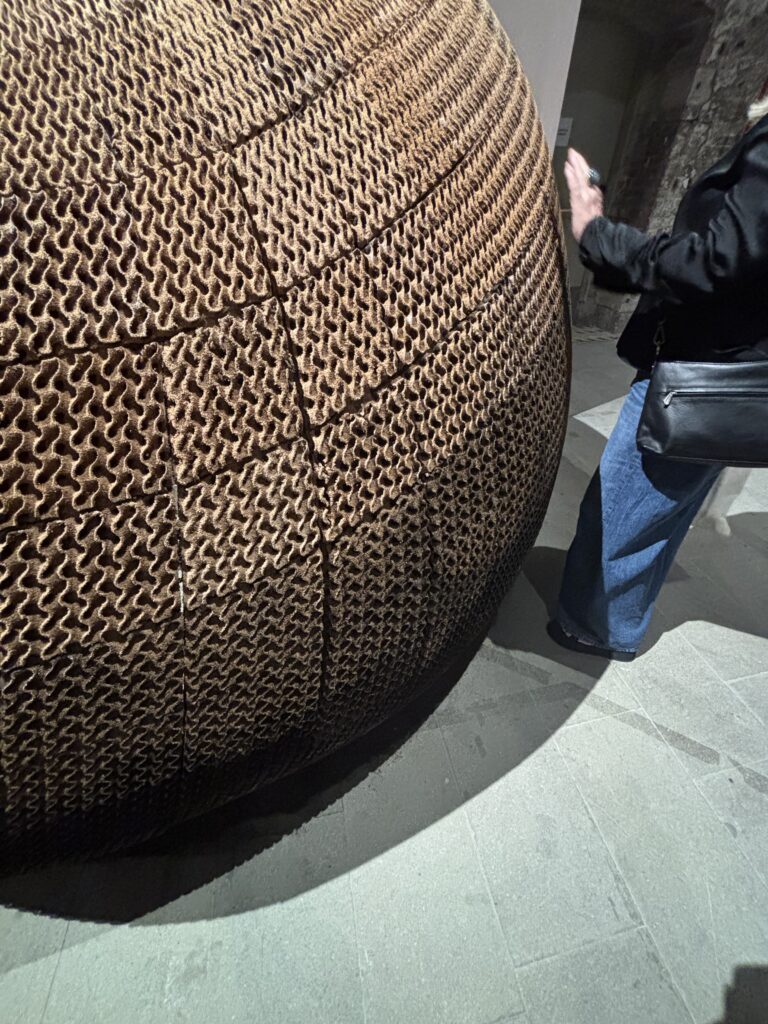
“For over a decade, I’ve researched how residues from forestry and agriculture—materials typically considered waste—can become multifunctional building solutions,” said Dr. Gutierrez. Her work focuses on converting biomass into materials that address critical environmental issues such as flooding resilience, carbon sequestration, and indoor air detoxification. “I believe it’s important to connect materials innovation to cultural sensitivity,” she added.
This connection is physically embodied in her installation, which consists of 178 interlocking panels held together solely by friction-based tongue-and-groove joinery. These panels are shaped by a complex double curvature, inspired by the traditional longhouses (maloca) of the Yukuna peoples from the northwestern Amazon. Varying in composition from black earth/black cork to palm, the panels are arranged in rows to offer differentiated functionalities while also ensuring the structure is flood-resilient. Since 2014, Dr. Gutierrez has been working with urban indigenous communities of the Amazonian Trapezium, where Colombia, Peru, and Brazil converge.
In addition, Dr. Gutierrez has been collaborating with Amorim Industry, the world leaders in cork production, who donated all the black cork residues for this installation. The exhibit also showcases a cyanotype of the palm by artist Donald Gensler and lichen-laden hydrogels imaging of metabolic activity in collaboration with Dr. Klara Scharnagl.
The event is curated by renowned architect and engineer Carlo Ratti, who describes this year’s theme as a call to action: “To face a burning world, architecture must harness all the intelligence around us. I am honored and humbled to have the opportunity to curate the Biennale Architettura 2025.”
Dr. Gutierrez’s installation is a direct response to the curator’s call. Her 3D extruded bark and lichen-laden hydrogel biowalls usher in new opportunities for engineered living materials in construction. These lightweight panels harness the natural resilience of lichens—organisms that thrive in some of the planet’s harshest climates—to create passive, nearly maintenance-free air filtration capacity. Engineered lichens are combined with optimized structural geometries and the antimicrobial and water resistance advantages of cork and palm residue.

By tapping into the underused residue of the forestry industry, the 3D extruded lichen and barks promote biocircularity, enabling a low-cost, flood-resilient, lightweight structural system combined with an indoor air purification.
“Participating in such a unique exhibit—one that radically rethinks how we address carbon sequestration and biocircularity in the built environment—is an incredible opportunity,” she said. “It’s not just about featuring my work in this exhibit, although that’s a great honor. I’m excited to be part of a conversation about transformative approaches to climate futures that are deeply rooted in cultural sensitivity.”
Her work is backed by the Bakar Prize, which supports innovative research with the potential for real-world impact. As a Bakar Fellow, Dr. Gutierrez has been able to move her innovations from the lab into spaces that need them most, bridging the gap between research, social and environmental justice, and design.
“I’m deeply grateful to the Bakar Fellows Program for supporting bold ideas and visionary research. Their support has been instrumental to my mission of improving lives through building technology innovation.”
For further information, please contact Professor Maria Paz Gutierrez at mpazgut@berkeley.edu.
For more information on non-planar 3D printing & Flood resilience, please see:
Gutierrez, Maria Paz. “Additive Manufacturing of lignocellulosic composites for riverine resilience.” PhD diss., 2022.DOI: https://doi.org/10.17863/CAM.82910
Gutierrez, M.P. “3D Printed Plant Waste Offers Security to Flood-Struck Amazon Homes.” RIBA Journal, 2021.
https://www.ribaj.com/intelligence/3d-printed-plant-waste-improves-amazon-homes-presidents-a wards-for-research.
B. Darweesh and M. P. Gutierrez- Non-Planar Granular 3D Printing technology, and are a US provisional patent Serial Number 63/383,322 Filing Date: 11/11/2022. DOI: https://doi-org.libproxy.berkeley.edu/10.1007/s41693-023-00107-5
For more information on the material cultures area of Palm OntoIntelligence please see:
Gutierrez, Maria Paz. “Material Sovereignties in The Western Amazon.” Critical Productive 1 (2024): 146-167. DOI: https://doi.org/10.1162/cpro_e_00013 Gutierrez, Maria Paz. “The Northwestern Amazon malocas: Craft now and then.” Journal of Material Culture 25, no. 1 (2020): 3-35. DOI::10.1177/1359183519836141
